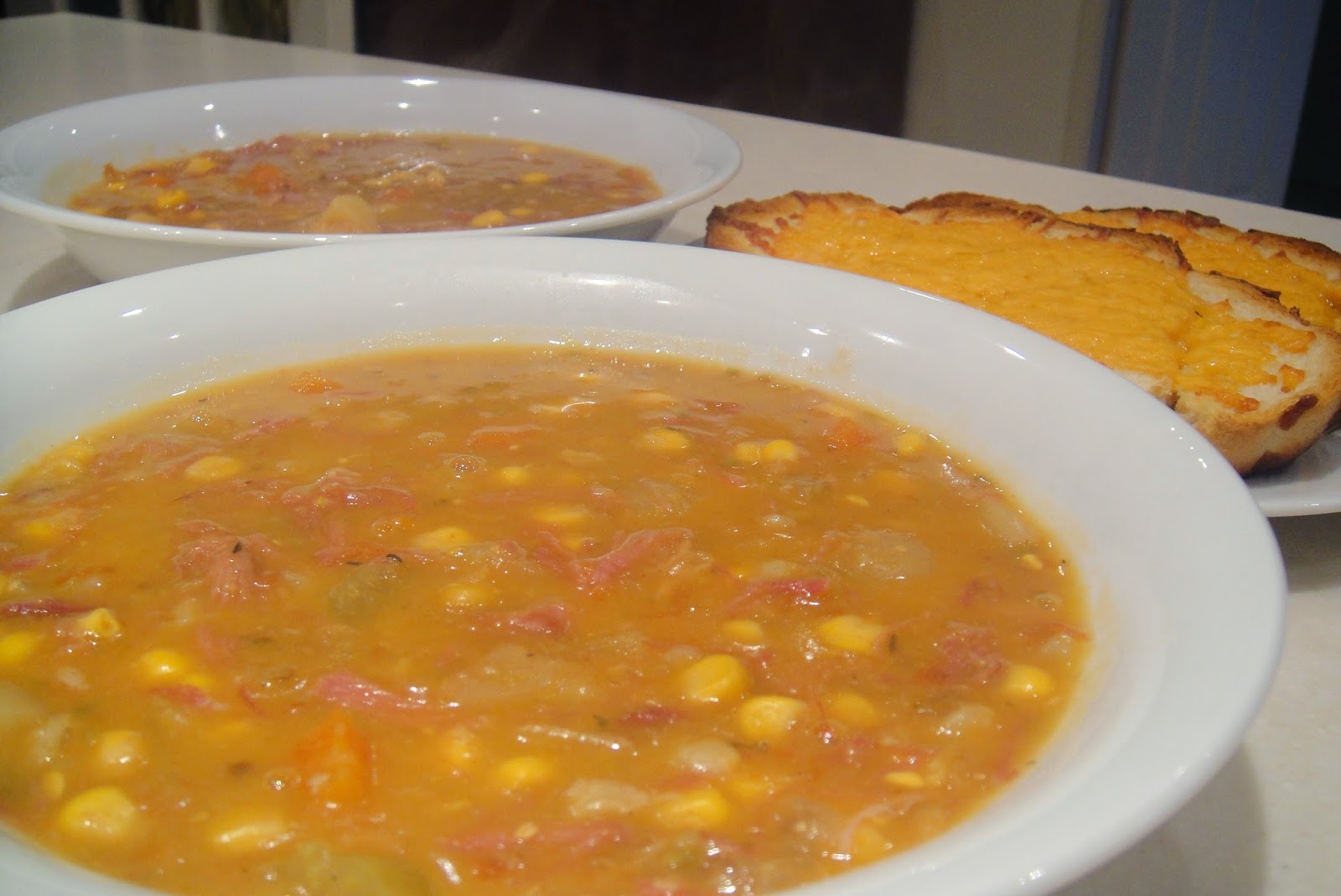This is the last week that I will be home relatively early (early enough to do school pick-up), so we have taken a few days to have his friends around to play. On Tuesday I did egg-fried rice, which didn't go down too well (and I hate sending a child home without being sure that they are full), so I found out in advance what today's guest likes eating. It turns out he loves meatballs, so I procrastinated until 10pm last night, then got on with it.
Whilst the sauce was cooking, I found out that our guest wasn't a fan of vegetables ("I don't eat them"). But he did say he ate pasta sauce, so once the sauce was cooked, I took a stick blender to it and pureed it all. The smooth texture of the sauce worked well with the meatballs, so I'll probably continue to puree in the future.
I normally prefer to use a combination of pork and beef for meatballs, but didn't remember to defrost any pork. These meatballs are easy to make and cook, and freeze well for a standby dinner.
Middle child, despite cleaning his plate (save one meatball, which was snaffled by his sister), protested that the meatballs were not as nice as the ones served in the school canteen!
Ingredients
Meatballs
- 400g beef mince (I used 10% fat Aberdeen Angus mince)
- 4 tbsp. stale breadcrumbs (I used wholemeal bread, which I had previously whizzed in a processer and put in the freezer)
- 2 tsp chopped mixed herbs (rosemary, thyme, oregano, marjoram) or 1 tsp dried mixed herbs
- 1 clove garlic, peeled and crushed
- 1 tbsp grated parmesan cheese
- 1 egg
- 5-6 twists of freshly ground black pepper
Sauce
- 1 onion, finely diced
- 1 large carrot, finely diced
- 1 stick of celery, finely diced
- 1-2 cloves of garlic, peeled and finely chopped
- 2 x 400g tins of peeled plum tomatoes
- 1 tbsp tomato puree
- 2 tsp dried mixed herbs
- 1 tsp balsamic vinegar
- 50g cubed pancetta (or use sliced streaky bacon)
- 1 red chilli
- Ground black pepper to season
- Olive oil and/or sunflower oil for frying
- (Optional) Extra virgin olive oil for drizzling
- (Optional) Grated cheese
Instructions
(Meatballs)
- Place the mince, breadcrumbs, chopped herbs, garlic, egg, parmesan cheese and pepper into a large bowl. Using your hands, squidge everything together until the mixture is thoroughly combined
- Line a plate or tupperware box with greaseproof paper. Take a small amount of the mince mixture in your hands and roll it to make a meatball, around 2.5 - 3cm diameter. Make sure that the mixture holds firm and place on the plate/box. Repeat, placing the meatballs a small distance apart from each other. I use a box, and interleave the meatballs with greaseproof paper
- Cover the plate/box with clingfilm or a lid, and place in the fridge overnight
 |
| Beef meatballs, ready for the Fridge |
(Dish)
- Heat a heavy-based pan and add 2 tbsp. olive oil. Heat until the oil is moderately hot and add the pancetta. Brown the pancetta, then add the onions and garlic and stir for 3-4 minutes until the onions are glossy and softened (don't let the garlic catch and burn)
- Add the diced carrot to the pan and stir for a further 4-5 minutes
- Add the plum tomatoes, rinsing out each tin with approx. 1/4 tin of water and adding to the pan
- Add the tomato puree, celery, dried mixed herbs and balsamic vinegar and stir well to combine
- Using a knife, pierce the chilli a couple of times, then add to the sauce
- Bring the sauce to the boil, then cover and lower the heat to a simmer
- Simmer the sauce for45 minutes, until the vegetables are soft
- Remove the chilli, then puree the sauce until smooth with a stick blender, and add some more water if it seems too thick. Continue to simmer on a low heat, covered, whilst you cook the meatballs and pasta
- Heat 2 tbsp. olive or sunflower oil in a frying pan and add the meatballs (approx. 6 per child or 8 per adult). Brown the meatballs until they have a lovely rich colour
 |
| Brown the meatballs until they have a lovely rich colour |
- Add the meatballs to the sauce, replace the lid and simmer for 15-20 minutes
- In the meantime, boil a large pan of salted water. Add a splash of oil, and add 100g per adult of pasta to the pan (I used bucatini, but any long pasta would be fine)
- Boil the pasta according to the instructions on the pack. When the pasta is ready, drain and place into warmed plates
- Add the meatballs to the pasta using a slotted spoon, then add generous amounts of the sauce to the dish
- (Optional) Drizzle with extra virgin olive oil and add grated cheese (I used cheddar) and more ground black pepper if required
- Serve with a big glass of red wine
 |
| Bucatini with beef meatballs |





































